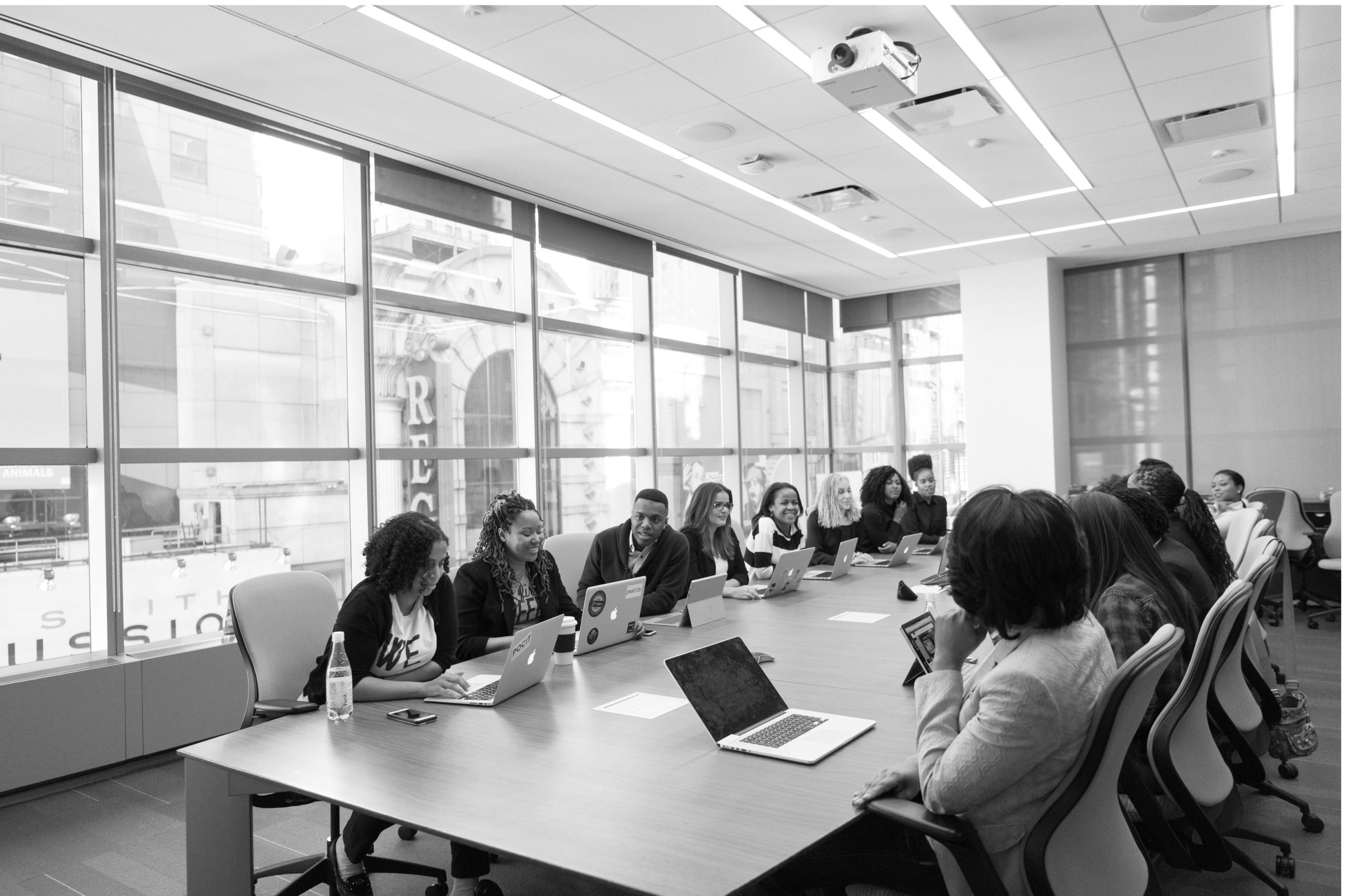
Doing Race in Different Places: Black Racial Cohesion on Black and White College Campuses
Introduction This study focuses on the Black student experience at Historically Black Colleges and Universities (HBCUs) compared to Predominantly White Institutions (PWIs) with an emphasis on feelings of racial cohesion and/or dissonance with one’s racial community. For the purposes of this paper, racial cohesion refers to how one’s racial identity affects one’s desire to engage,…
Read MoreA Call for Culturally Responsive Transformational Leadership in College Sport: An Anti-Ism Approach for Achieving Equity and Inclusion
As college sports associations like the NCAA reckon with decades of white male dominance, scholars analyze literature in gender, race, and sports leadership to imagine a path forward. Introduction Pervasive issues of inequities, inequalities, and discrimination have long hindered the successful establishment of diversity and inclusion in United States college sports. These issues are underpinned…
Read MoreLeadership With and for Undocumented and Unaccompanied Minor Students: Resiliency, Resistance, and School Change for Racial Equity
Introduction Many undocumented and documented youth, especially those from low socioeconomic backgrounds, face significant barriers to educational opportunities due in part to racism and other intersecting systems of oppression. In this article, the authors conduct a literature review on educational practices for immigrant youth. Both authors work in the Urbana School District 116 (USD116) and…
Read MoreApplied Critical Race Theory: Educational Leadership Actions for Student Equity
Introduction Recent education research literature shows that a ‘new racism’ has emerged in elementary and secondary schools. This ‘new racism’ adopts a deficit mindset that blames students and parents of color for educational inequities instead of institutional barriers. Using Critical Race Theory (CRT) as a framework, the authors present the case study of a middle…
Read MoreTracking Detracking: Sorting Through the Dilemmas and Possibilities of Detracking in Practice
Introduction Grouping students in schools based on perception of their potential or academic ability, known as tracking, has been critiqued by educators for exacerbating educational inequities along race and class lines. Detracking attempts to remedy the negative effects of this widely-used practice in the U.S. by placing students in mixed-ability classes. In this article, the…
Read MoreI’m Every Woman: Advancing the Intersectional Leadership of Black Women School Leaders as Anti-Racist Praxis
Introduction Black women have faced unique challenges in educational leadership due to systemic racism and sexism; their roles and contributions in this space have often been minimized and overlooked for decades. This paper illuminates the leadership roles of Black women in educational settings by focusing on the historical actions of Black educational leaders, their epistemological…
Read MoreLearning Communities: Opportunities for the Retention of Faculty of Color
Introduction Only 20% of full-time faculty in American higher education are faculty of color (FOC). Given the growing population of underrepresented minority (URM students), the slow growth of full-time faculty of color in academia is a concern. However, when faculty of color are hired, they often find themselves acquiring additional responsibilities, such as serving as…
Read MoreHearts and Minds First: Institutional Logics in Pursuit of Educational Equity
Introduction Recognition of educational inequities based on race, class, and gender by educators is growing in the United States. However, there is a lack of leadership capacity to meet these large reform goals. The authors of this article argue that efforts to improve educational equity in schools require an understanding of leadership as an ‘organizational…
Read MoreAnti-Racist Change: A Conceptual Framework for Educational Institutions to Take Systemic Action
An actionable conceptual framework embedding antiracist institutional changes in education. Introduction: As a result of the authors’ perception that educational institutions’ current efforts to promote racial justice are simply platitudes, the authors use this study to advocate for organizational changes within educational institutions to promote racial equity. The authors note that shifting individual behaviors does…
Read MoreDoes Culturally Relevant Teaching Work? An Examination From Student Perspectives
DEFINITIONS Introduction Education scholars propose that culturally relevant teaching is beneficial to student learning and development. Academic research has shown that students have better academic outcomes and are more engaged in their communities when teachers incorporate race and social justice concepts into their curricula. The research that provided the groundwork for these findings regarding culturally…
Read More
